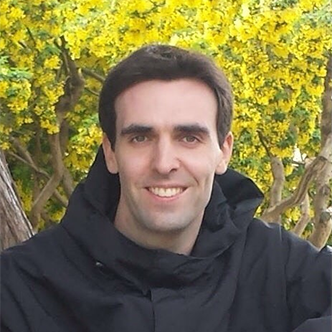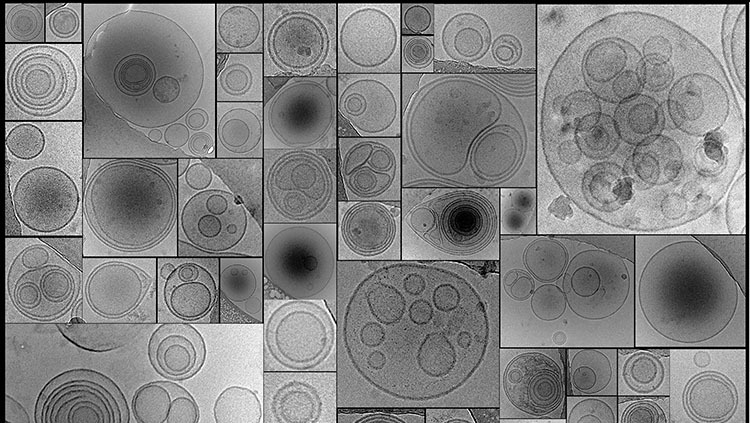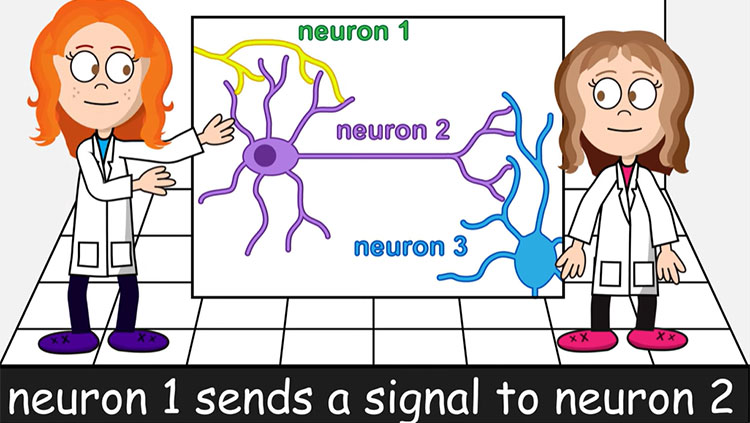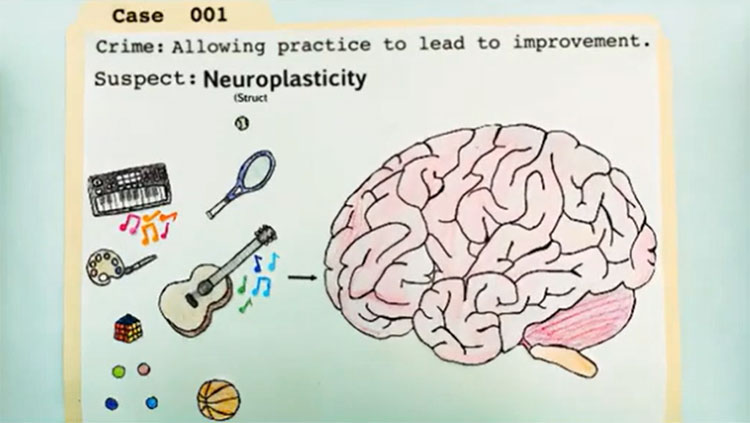A New Neuron is Born
- Published30 Oct 2017
- Reviewed30 Oct 2017
- Author Charlie Wood
- Source BrainFacts/SfN
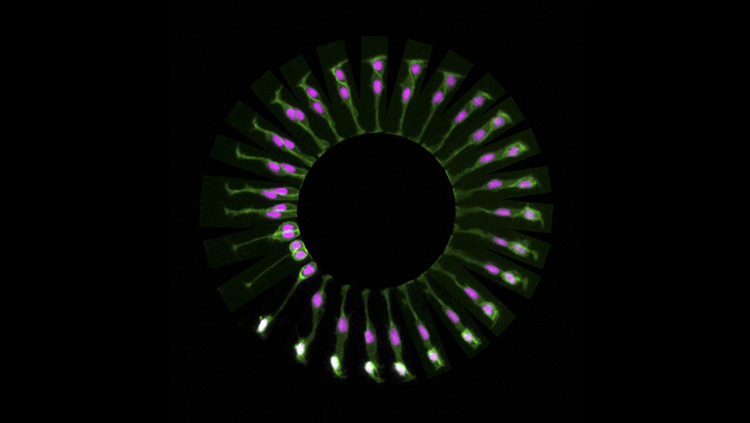
This image captures the birth of a zebrafish neuron in a 9-hour time-lapse photo. A parent cell with the stem cell-like ability to change its stripes starts by splitting in two (as seen in purple at the 8 o’clock position). Moving clockwise around the circle, one new cell transforms into a neuron (white) and drifts away, leaving behind its sibling.
The original purple cell can essentially keep spinning off new neurons while retaining its flexibility. This plays a crucial role in both the growth of young brains and the repair of mature ones. Scientists hope a deeper understanding of this neuron-creation process will yield improved treatments for injuries such as stroke, which naturally boosts the creation of new neurons to a certain degree.
CONTENT PROVIDED BY
BrainFacts/SfN
Also In Cells & Circuits
Trending
Popular articles on BrainFacts.org


